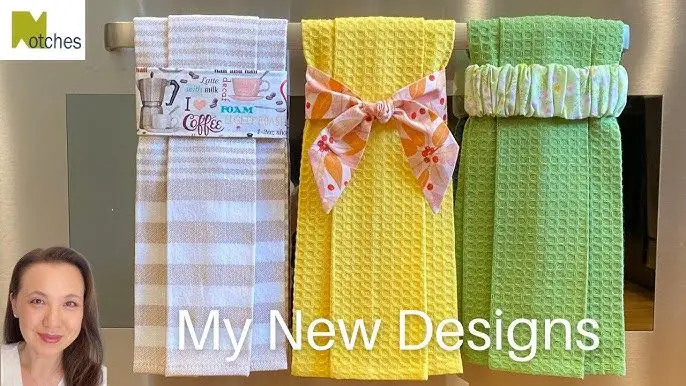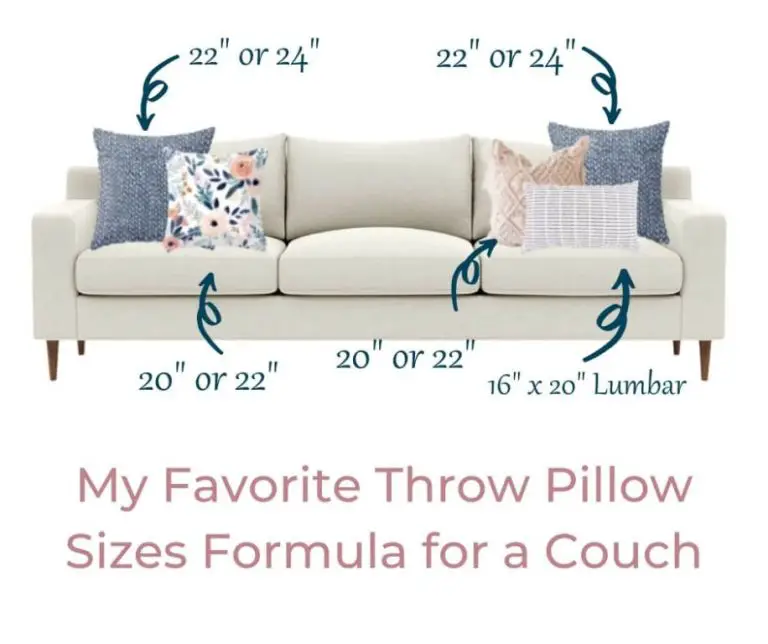What Happens When You Mix Clay With Water?
Clay is an abundant natural material composed primarily of fine-grained minerals like silica, alumina, and iron oxides. When clay is mixed with water, some interesting changes occur in its properties. The combination of clay and water has been utilized for centuries to create pottery, sculptures, bricks, and more.
The most notable property change that happens when clay is mixed with water is its transition from a dry, crumbly, and fragile material into a malleable and plastic one. The clay becomes soft and easy to shape when wet. Understanding the science behind these changes can help potters and other artists work more effectively with clay.
Clay’s Absorbent Nature
Clay’s defining characteristic is its ability to absorb and retain water. This is due to clay’s chemical structure and composition. Clay minerals are hydrous aluminum phyllosilicates, meaning their crystals contain water molecules within their structure. The silicate layers that make up clay have spaces between them that allow water molecules to enter.
In addition, clay particles carry negative electrical charges, while water molecules exhibit a slight positive charge. The opposite charges attract each other through strong electrostatic bonds. This gives clay its hydrophilic nature and allows it to readily absorb water.
When clay is exposed to water, the water molecules quickly penetrate between the stacked silicate layers and adhere to the charged sites on the clay surfaces. This interlayer swelling allows clay to soak up many times its own weight in water.
Hydration Process
When water is added to clay, a chemical reaction called hydration occurs. The water molecules get in between the stacked clay particles and push them apart. Clay has a plate-like molecular structure, and these stacked plates are held together with weak electrical charges. Water is a polar molecule, meaning it has regions of positive and negative charge. The negative charges of the water molecules are attracted to the positive edges of the clay particles, while the positive parts of water are attracted to the negative charges on the clay. This allows water to get between the plates and separate them.
As more water is added, more clay particles get separated. This gives clay the ability to absorb large amounts of water relative to its mass. The water acts as a lubricant between the particles, allowing the clay to become malleable and plastic.
Plasticity
One of the most notable changes that occurs when clay is mixed with water is increased plasticity. Plasticity refers to the malleability and workability of the clay. When dry, clay is stiff and brittle. But as the clay particles absorb water, it becomes more flexible and plastic. This allows the clay to be molded into different shapes.
At the molecular level, water acts as a lubricant between the fine clay particles. It breaks the bonds between the particles and allows them to slide over one another more easily. The clay becomes soft and smooth like plasticine. Plasticity makes it much easier to form clay into pots, sculptures, tiles and other shapes.
The more water that is added, the more lubricated and plastic the clay becomes, up to a point. Excessive water will make the clay too thin and muddy. An optimal amount of water creates ideal plasticity for shaping and molding the clay.
Plasticity is an incredibly useful property of clay that allows it to be crafted into endless forms and ceramic objects. This malleability emerges from the simple act of mixing clay with water.
Drying and Shrinkage
As clay loses moisture, the clay particles get pulled closer together causing the clay to shrink and decrease in volume. This shrinkage occurs because water acts as a lubricant between the clay particles, separating them slightly. When the water evaporates away, the clay particles are no longer separated and can stack closer together.
The amount of shrinking depends on the initial water content – the more water present originally, the more dramatic the shrinkage will be as the clay dries. A very wet clay body can shrink 10-12% as it dries. The shrinkage also depends on the clay composition, with some clays naturally shrinking more than others.
To minimize large cracking and warping, clay is dried slowly and evenly. Quick drying can create stresses between the interior and exterior portions as they dry at different rates. Careful moisture control allows the water to evaporate smoothly from the clay body.
Water Content’s Effect
The amount of water mixed into the clay has a significant impact on its workability and finished results. Adding more water makes the clay more malleable and easier to shape or mold. However, too much water can lead to issues when drying.
As clay dries, the excess water evaporates. This causes the clay to shrink and crack. With just the right amount of water, the clay will be flexible enough to work with, yet avoid severe cracking and damage during the drying process. Determining the optimal water content takes practice and experimentation. In general, it’s better to start with less water and add more as needed.
The more water in the clay, the softer and more pliable it becomes. But that super soft clay will shrink a lot when drying. Using less water makes the clay stiffer but less prone to cracking. Finding the right consistency allows clay to be shaped as desired while still drying properly.
Clay Slurry
Adding excess water to clay creates a pourable clay slurry. When the water content rises above the plastic limit, generally over 30% for most clays, the clay mixture loses its plasticity and ability to hold a shape. Instead, it transforms into a thin, free-flowing slurry.
The clay particles become completely dispersed in the water, suspending them and allowing the mixture to be poured into molds. This flowing state makes clay slurry ideal for casting applications where the clay needs to fully coat the mold surface before drying.
Clay slurry is often used in industrial applications like clay-bonded foundry sand casting. The slurry coats sand particles to improve their binding and performance. In art, clay slurry allows liquid clay to be poured into sculpture molds.
The downside of high water content slurries is the increased drying time and shrinkage. With more water to evaporate, it takes longer for the clay to dry and harden. The excess water also causes more pronounced shrinkage as the clay dries. So clay slurry is best for applications where shrinkage will not distort the final piece.
Clay Slip
A clay slip is a watery mixture of clay and water that has a creamy consistency. It is used for coating, pouring, and joining pieces of pottery and ceramics. The water content in a clay slip is much higher than in clay used for handbuilding or throwing on the wheel. This allows the clay particles to remain evenly dispersed in the water rather than clumping together.
The main purpose of a clay slip is to join pieces of unfired clay together before firing and glazing. Slip acts as a kind of adhesive or glue between clay surfaces. Pieces can be joined using the slip and score method, where the surfaces are first scored or roughened with a knife, then slip is applied to both surfaces before joining. The slip fills in the crevices and forms a strong bond as it dries. Slip can also be used to repair cracks and holes in unfired clay.
Another common use is as a base coating on bisqueware before applying glazes. The thin layer of slip helps absorb excess moisture from glazes so they adhere to the clay properly. A clay slip coating also unifies the color and provides a smooth surface for glazing. Different colored slips can be used under transparent glazes to subtly change the surface color. In addition to joining and coating, slips are often used in mold making and slipcasting of ceramic pieces.
Mud
Very wet clay becomes mud when the water content is extremely high. Mud has a thin, runny consistency that lacks form and plasticity. The individual clay particles are completely dispersed in the water rather than coming together.
Mud has a high enough water content that the clay cannot hold its shape. Any form made of mud will collapse. The high water content prevents the clay particles from adhering to each other. The clay is thoroughly saturated with water.
While mud lacks plasticity due to its high water ratio, it can be dried back into usable clay. As water evaporates from the mud over time, the clay will stiffen and gain plasticity again. The drying process will shrink the volume as water leaves.
Mud is fun to play with, especially for children. But it has limited uses in pottery or sculpture. The excess water must be removed to return the mud to a usable clay state.
Conclusion
When clay is mixed with water, its physical characteristics fundamentally change in several important ways. The addition of water enables clay to become plastic and malleable so it can be shaped, while also allowing the materials to bond together when dried. Hydration unlocks clay’s sticky binding properties and activates the colloidal clays that give it a dense, cohesive quality. However, adding too much water results in overly thinned out clay that loses structural integrity. Finding the right consistency is key. The water content continues to affect clay as it dries, leading to shrinkage and cracking if it dries too quickly. Overall, the mixing of clay and water produces dramatic changes, taking clay from a dry, crumbling material to one with moldable and shapeable plasticity. Water brings clay to life.



